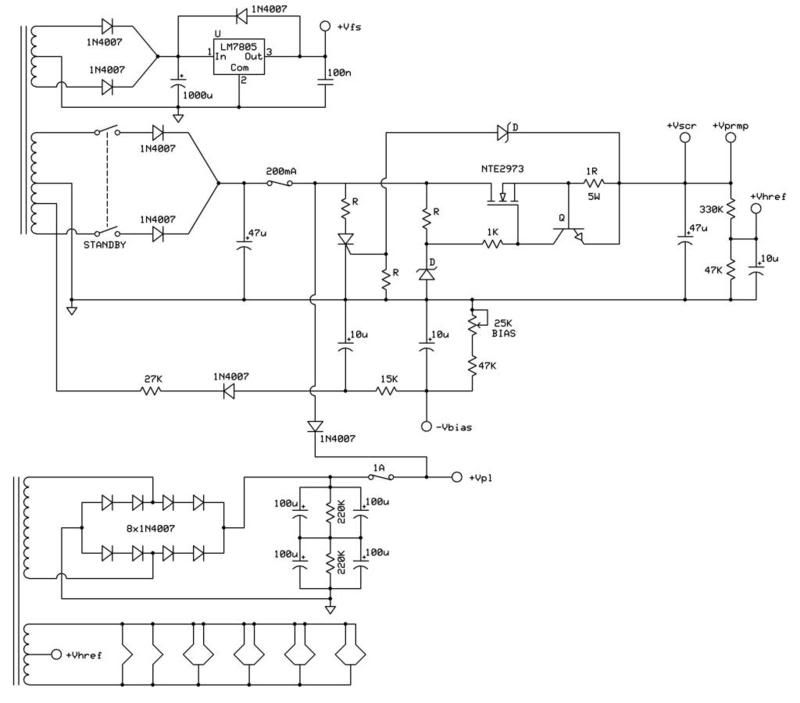OK...here's the scheme I've come up with for the Dual Rail PSU utilizing the transformers I originally had wound for this thing. Included pretty much every idea from this thread in it. Anything else that we feel needs to be added feel free to contribute.
A bit overengineered?

A bit overengineered?




Comment